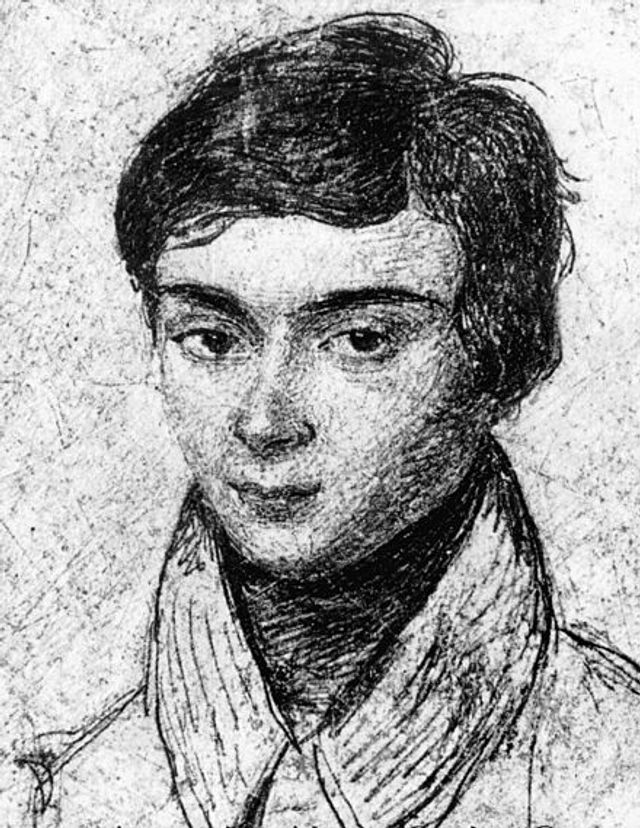-
Vijay Fafat
- Published on
“No professor living on footnotes will tell you that you are wrong. You can invent to your heart’s delight”.
With this advice from his friend, the physicist Leopold Infeld started working on a “fictional” biography of the famous mathematician, Evariste Galois. Infeld, as he described it in his foreword, considered this to be “fictional” in that he “connects known events with unknown events that [he] has invented so as to give a fuller and consistent picture of his hero’s life”
The novelization of Galois’s life begins with the general description of the background political and mathematical scene in France then, in the shadows of such giants as Legendre, Lagrange, Laplace, monge and Napoleon, the general strife facing the nobility and the air of revolution which pervaded everywhere. The book then proceeds through specific days and dates chronicling the young life of Galois, replete with dialogues between a multitude of characters around Galois and references to his mathematics and that of others like Abel.
The final scene of Galois’s duel with Pecheus d’Herbinville is relatively brief but moving. As he falls after getting shot in the abdomen, Galois realizes he has been betrayed.
“This realization was foggy, like the first idea of a complicated mathematical problem with a far distant solution. He couldn’t even glimpse the solution because pain covered his vision with a heavy, dark curtain. He smiled, clinging to a thought that escaped into the darkness. ‘The world does not show me its rotten core till the last moments of my life’ [thought Galois]”
The book makes for very good reading, though I have not checked it for historical accuracy.
